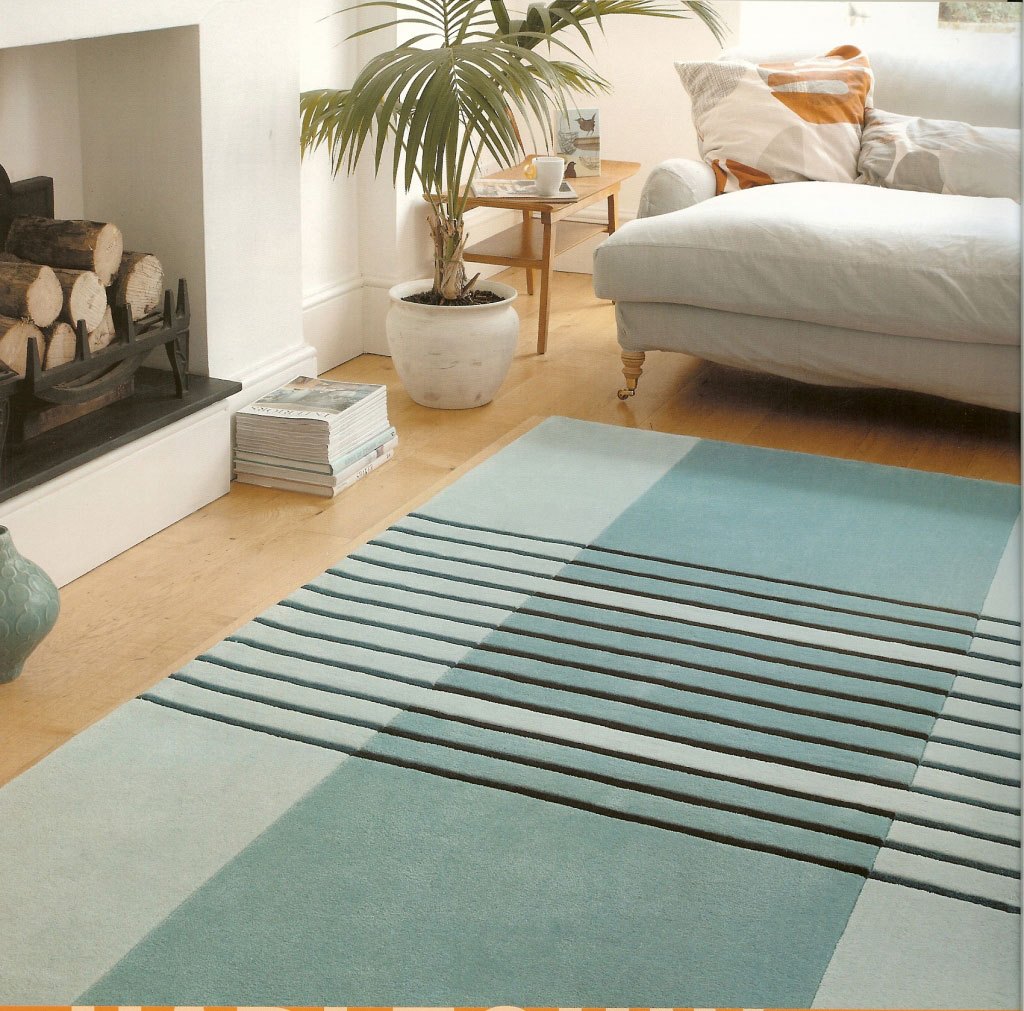Carpets
A carpet is a textile floor covering typically consisting of an upper layer of pile attached to a backing. The pile was traditionally made from wool, but, since the 20th century, synthetic fibers such as polypropylene, nylon or polyester are often used, as these fibers are less expensive than wool. The pile usually consists of twisted tufts which are typically heat-treated to maintain their structure. The term “carpet” is often used interchangeably with the term “rug”, although the term “carpet” can be applied to a floor covering that covers an entire house, whereas a “rug” is generally no bigger than a single room, and traditionally does not even span from one wall to another, and is typically not even attached as part of the floor.

Carpets are used for a variety of purposes, including insulating a person’s feet from a cold tile or concrete floor, making a room more comfortable as a place to sit on the floor (e.g., when playing with children or as a prayer rug), reducing sound from walking (particularly in apartment buildings) and adding decoration or colour to a room. Carpets can be made in any colour by using differently dyed fibers. Carpets can have many different types of patterns and motifs used to decorate the surface. In the 2000s, carpets are used in industrial and commercial establishments such as retail stores and hotels and in private homes. In the 2010s, a huge range of carpets and rugs are available at many price and quality levels, ranging from inexpensive, synthetic carpets that are mass-produced in factories and used in commercial buildings to costly hand-knotted wool rugs which are used in private homes of wealthy families.
